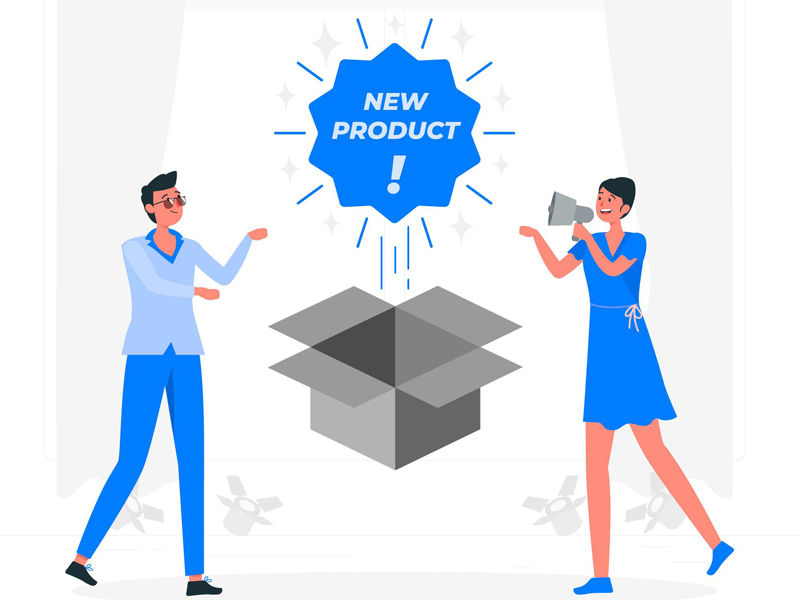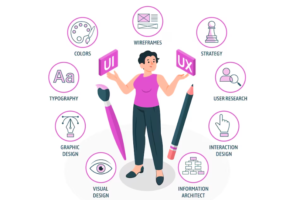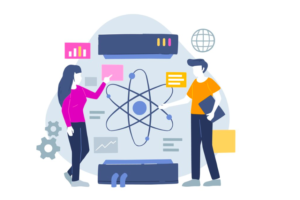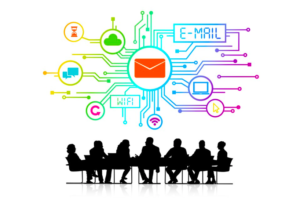In its early days, graphic design was seen as a problem solver; it has now entered a second era in which it is seen as a creator of meaningful experiences.
The field of design has gone through a process of specialization. Many professions have developed from “UX Designer,” “Visual Image Developer,” to “User Interface Designer,” all requiring a particular set of skills that revolve around the UX research process.
Among these disciplines, we have seen another recent emerging: “Experience Design.” Although it appears to possess a precise definition, the use is confusing.
So let first explain the concept of experience design.
As the name suggest, Experience design is a field that adopts holistic experiences that include all users in all aspects of the service, product, or event.
Experience design is also seen as the process design teams use to create products that deliver meaningful and relevant user experiences. This involves designing the entire product acquisition and integration process, including branding, design, use, and function.
It has a broad vision of physical, digital, and indirect experiences (family, friends) through the prism of the user. The use of experience design has been around for 20 years, but it continues to evolve rapidly and now focuses more on creating user-friendly experiences rather than use.
Experience is measured by how a person feels when they experience it, and their sensations influence results, memories, and perceptions after use. The key to creating a feeling and space that your customers want to be a part of is understanding and discovering your customer’s value.
Why Is The Experience Design Important?
Experience Design is more than just making the customer’s life easy or fun; it’s about shaping how they feel. It is not great to leave the customer unsure, for example, if it is too easy to buy this app from the app store? And goodness isn’t great if the customer can’t find the one button they’re looking for; Oh, it’s hiding behind this super cool graphic pop-up!
The result is that no matter what you give priority to, your customers will experience your product or service. Every software, web page, or social media interaction that will take the user from point A-Z, will trigger an emotion – whatever emotion it is, is all up to you.
A quality experience design means that every interaction is well considered and that all of this must be strategically coordinated and implemented to be cohesive. From packaging to the mobile application, each point of contact is an opportunity to convey your experience design vision.
By practicing experience design, you will no longer focus on the product but the experience as a whole. Sell an experience.
The Benefits of Featuring In the World of Experience Design
Our world is rapidly transforming, and technology quickly becomes an essential part of our daily routine. We do it primarily online through our various devices, from purchasing products to paying bills.
As more and more users trust these online platforms, it’s easy to see why experience design is essential. How we think and react to our digital experiences largely depends on how these products and platforms work and look, creating a massive demand for those responsible for this design.
If you are (or intend to be) in this field, it is essential to be aware of it. We have an upcoming conference that will expose more on experience design. Let’s discuss the top five benefits of learning experience design and what you need to know.
You Will Learn More Than Just Design Skills.
Experience design combines methods and tools that allow designers to solve real problems and create functional, reliable, and fun products.
While each design process is project-specific, each shares a few key steps:
- Research – Know the needs of the user and the company and find a problem to solve
- Ideation – Formulate a hypothesis on how to solve the problem
- Prototyping – Production of a prototype or a complete solution
- Test – Validate a prototype or a complete solution with the users.
During this process, you will learn many additional skills. These skills include:
- Empathy – Experience design is the art and science of solving user problems. Before creating anything, designers need to know what the problem is and for whom. When you understand the people you are designing for; your designs become much more solid.
- Communication – Most designers work in teams, so you’ll likely communicate with many different people, including developers, marketers, and other designers. You will need to learn to work together, share ideas and communicate well.
- User interface design – Experience design cannot exist without user interface design. Therefore, it is also ideal to learn UI design. Start with the basics of UI design, such as using colors and typography, and then move on to more complex things, such as creating UI templates.
You Can Make An Impact In Someone’s Life.
The project does not exist for engineers or stakeholders; It exists for people who use a product. Therefore, an essential thing about experience design is its user-centric approach.
For example, taxi services did not provide a great user experience just ten years ago. You had to call a cab company to order a cab, and travel was sometimes limited, then Uber came into play and transformed the industry. This all happened because Uber analyzed the issue from a user’s perspective and created a fantastic app and user experience to fix it.
This tactic puts your customer at the center of the project design. User needs and usability are vital aspects of what UX/UI designers do in this process and help you ascertain your project requirements. In this way, you can significantly impact the way people do things daily.
You Will Promote Business Development.
There is also a direct correlation between user experience and the success of a product in the market. When your users have a great experience, they’re more likely to continue using the product and recommend it to others.
Proper experience design is essential for all types of platforms, apps, and websites. Take e-commerce sites, for example – you want to make it as easy as possible for people to find the item they’re looking for and place an order. Experience design helps you achieve this.
You Will Work With New Technologies.
Experience Design is a rapidly growing field and is ranked by LinkedIn as one of the 10 Most In-Demand Physical Skills Firms. An experience design career will position you at the forefront of digital modernization, where technologies and innovative ideas appear almost every day. To begin with, you can take up a LinkedIn Certificate course in this field. You can also explore similar other top-ranking design courses to get you started.
Over the next few years, we expect to see an increase in demand from designers who apply their user experience to augmented reality and, in particular, to voice interfaces. Our physical reality will combine with the digital space to develop new environments for people, and the ideal time to get on board is now.
Your Earning Potential Will Increase.
The high demand for experience designers has also increased the average salary. Today, the average salary for a UX designer in the United States is $85,000 per year, while experience designers can earn up to $128,000 per year.
NB: you will have a lot of freedom to choose where you want to work and live.
Conclusion
Learning experience design can take some time, as it is a complex field with many different specialties (such as UX writing, UI design, and information architecture). But the time you spend on training will be fully rewarded when you look at how people use your products. Nothing is thrilling like the feeling of accomplishment you get from solving real user problems. And when you get feedback on how people interact with your product and the positive vibe they feel, it will propel you to advance your journey into experience design.
Take a bold first step by attending our upcoming conference on Experience Design to expose you more to the value that experience design has got to offer you. Click here to connect with us.





